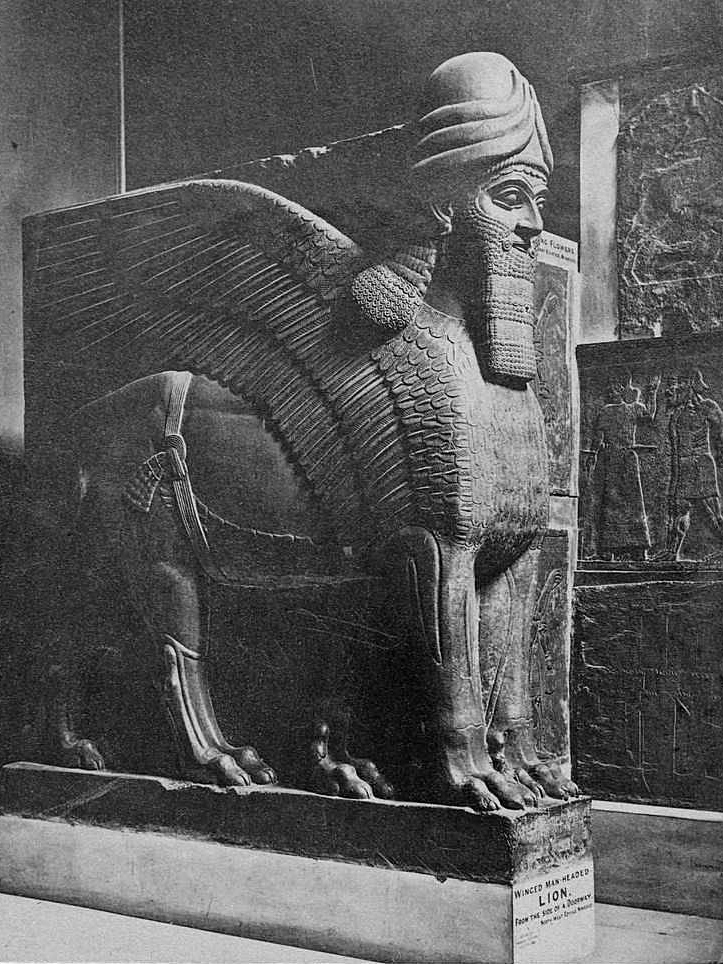
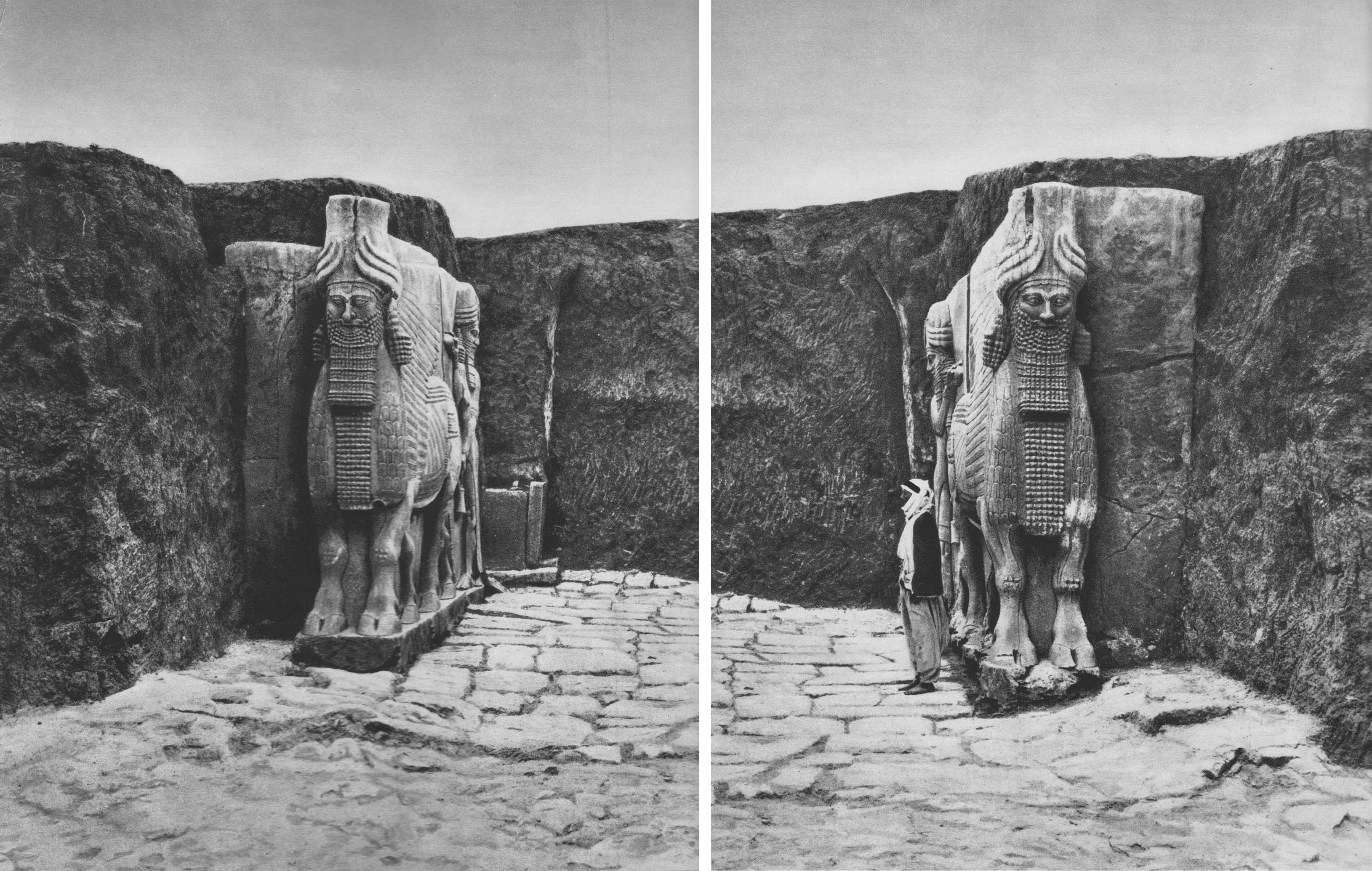
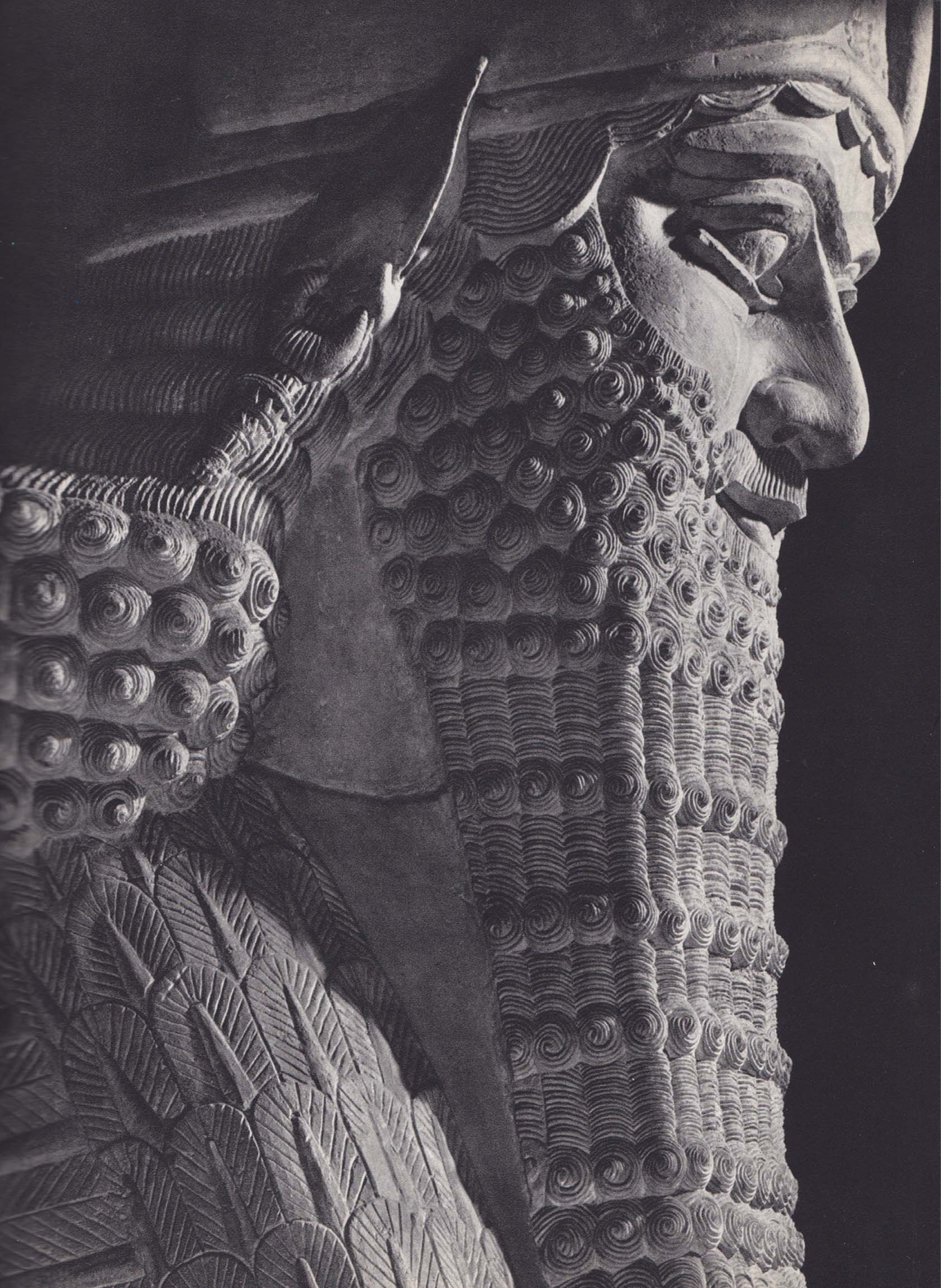

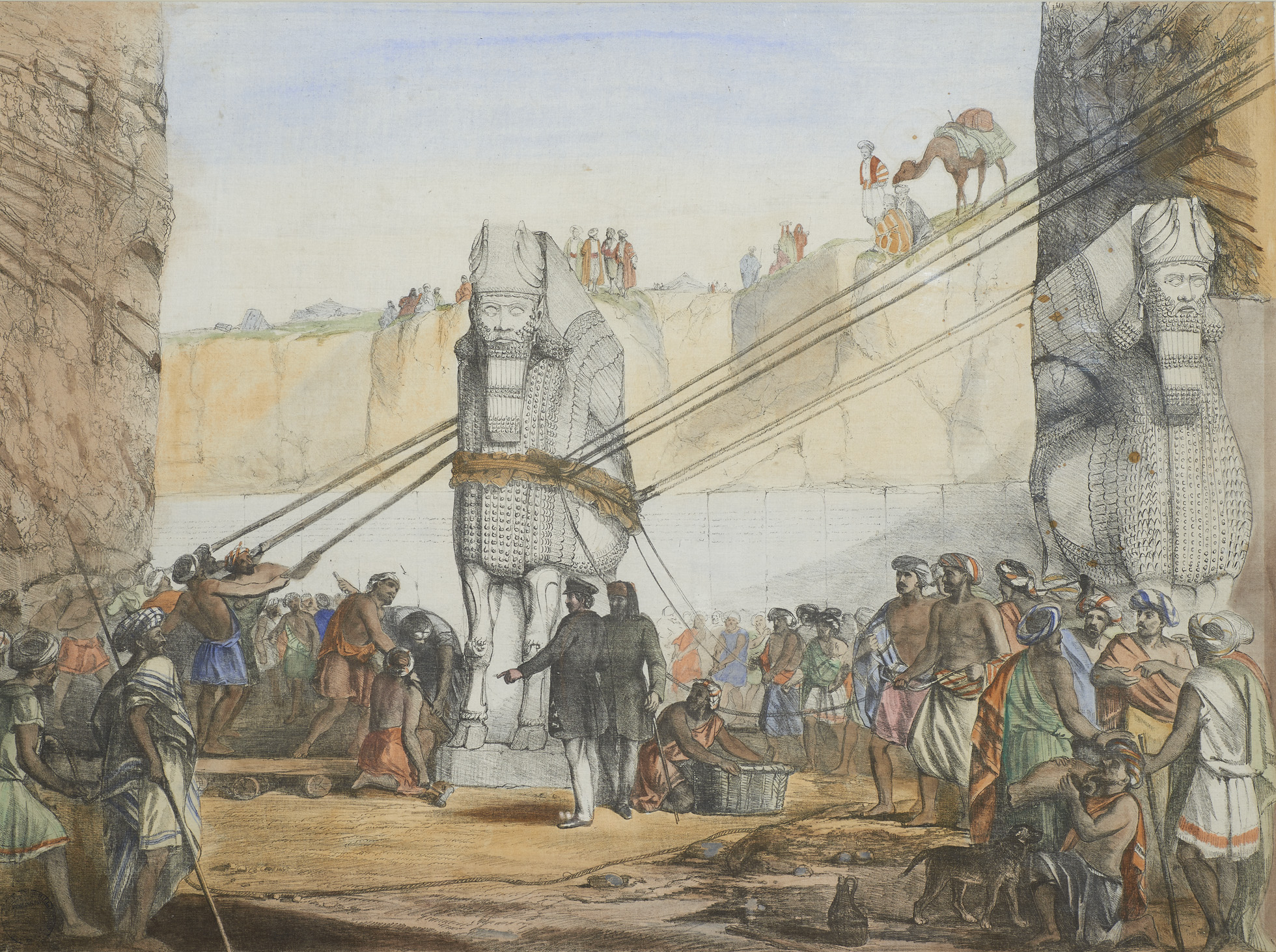
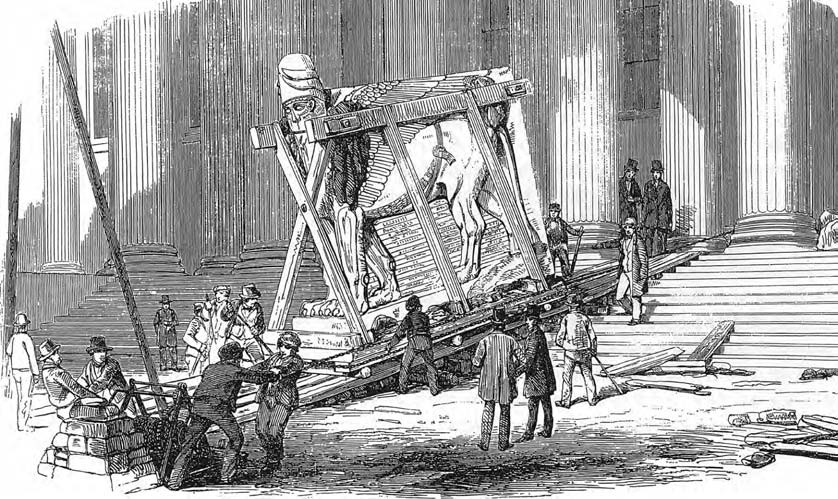
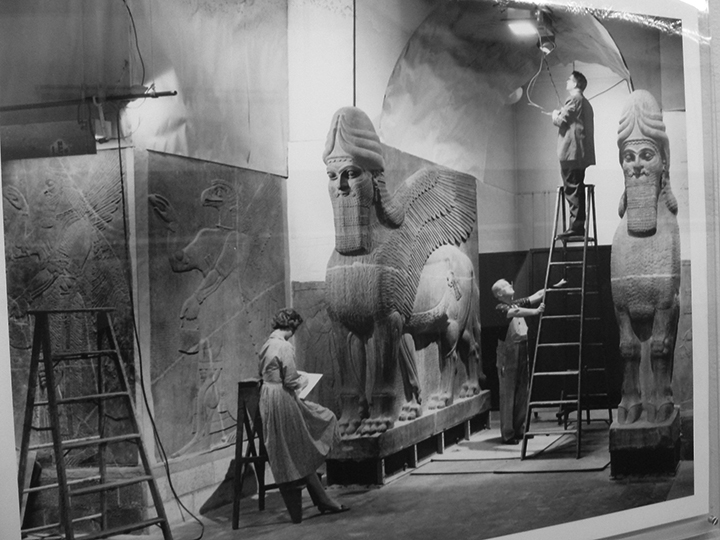
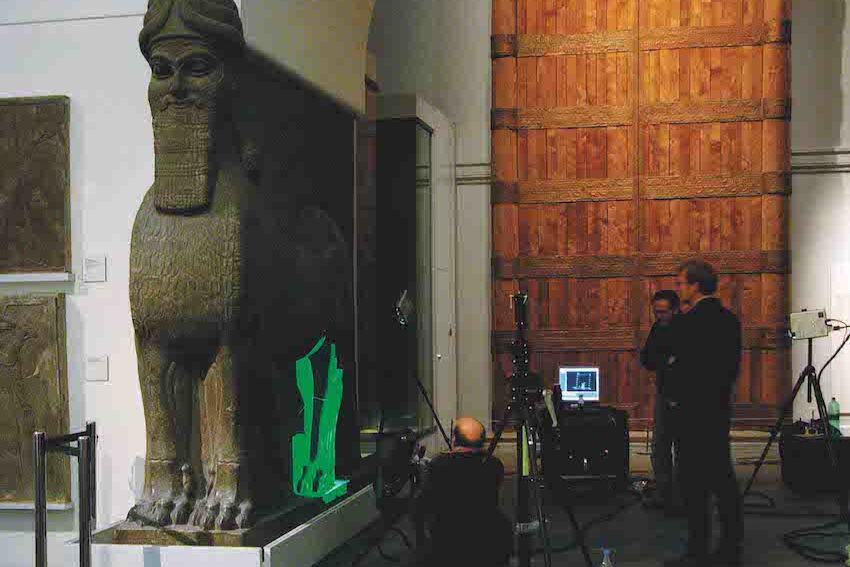
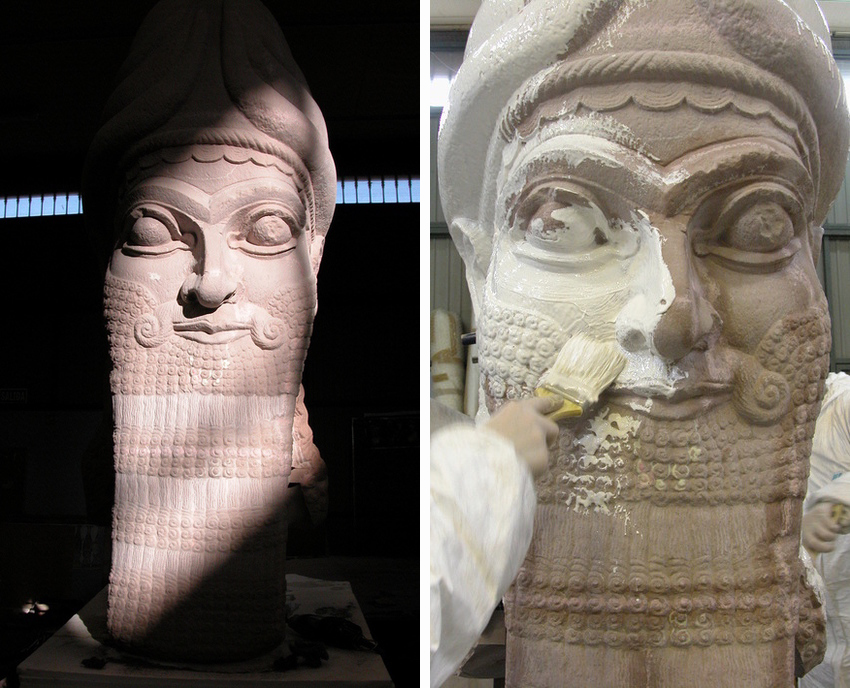
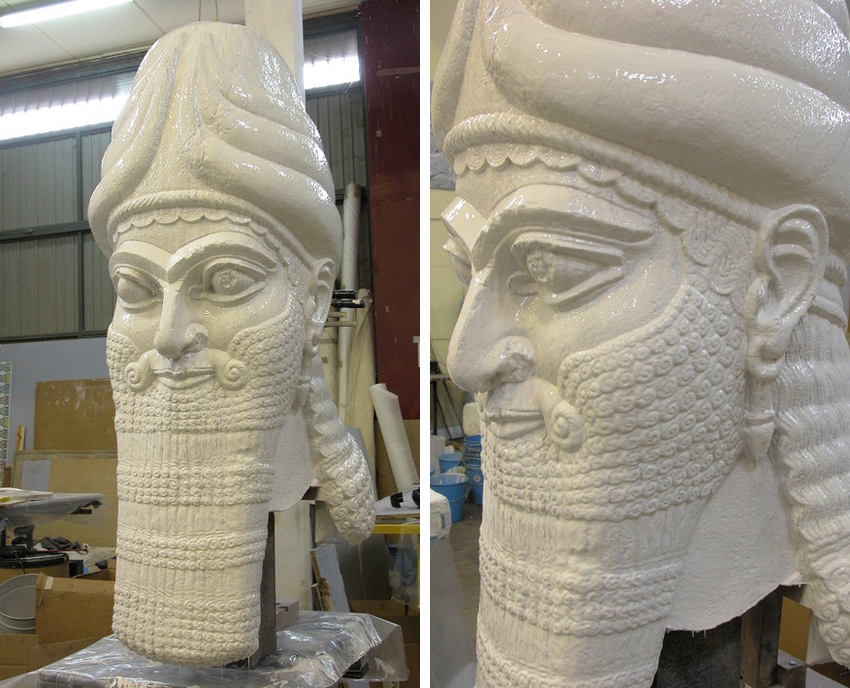
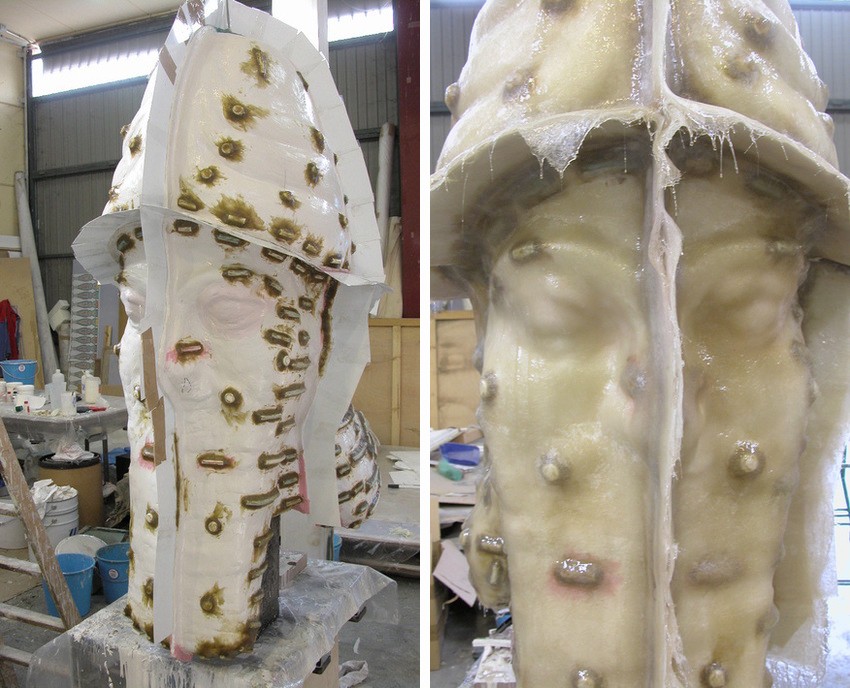
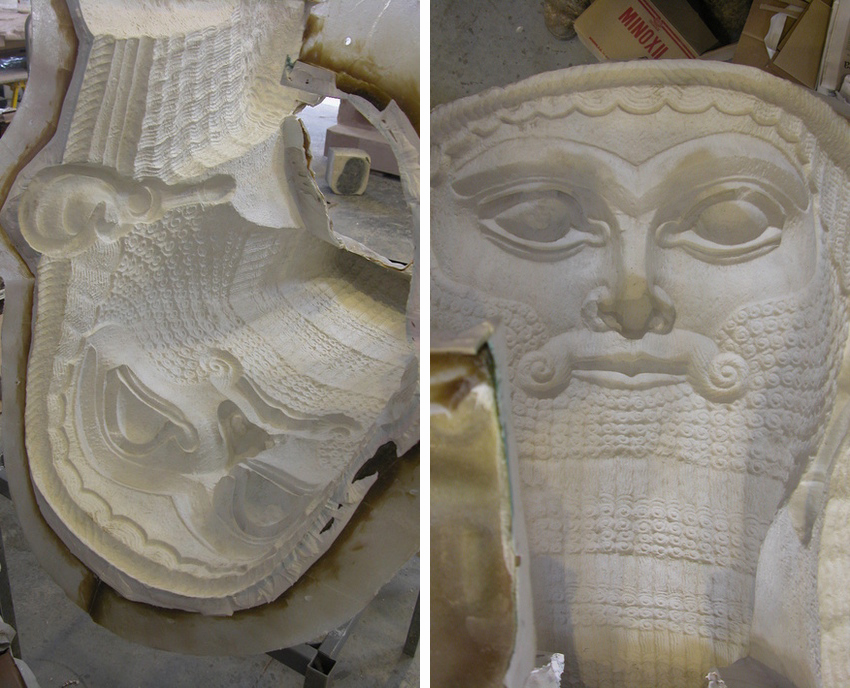
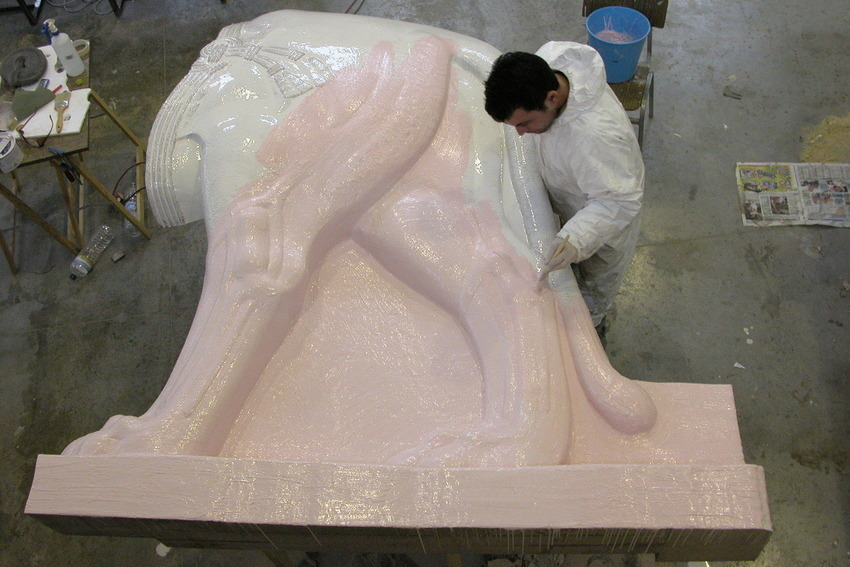
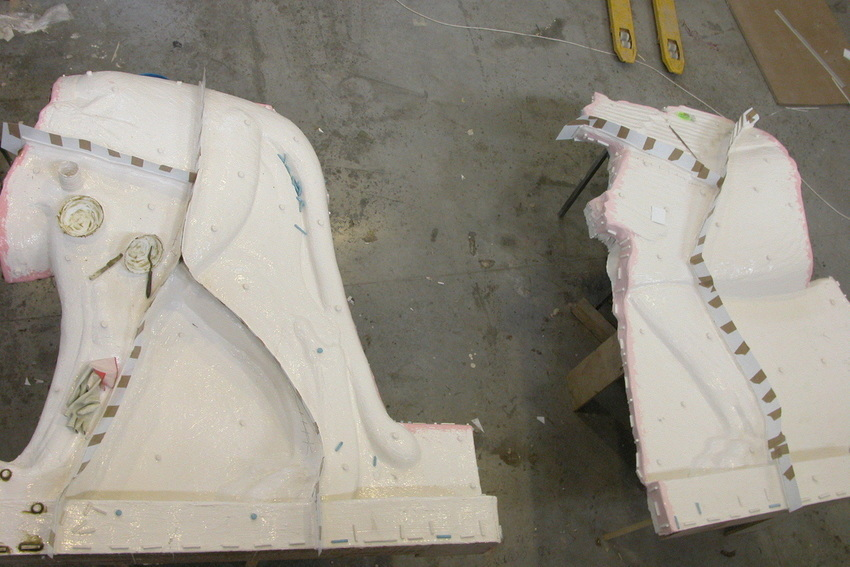
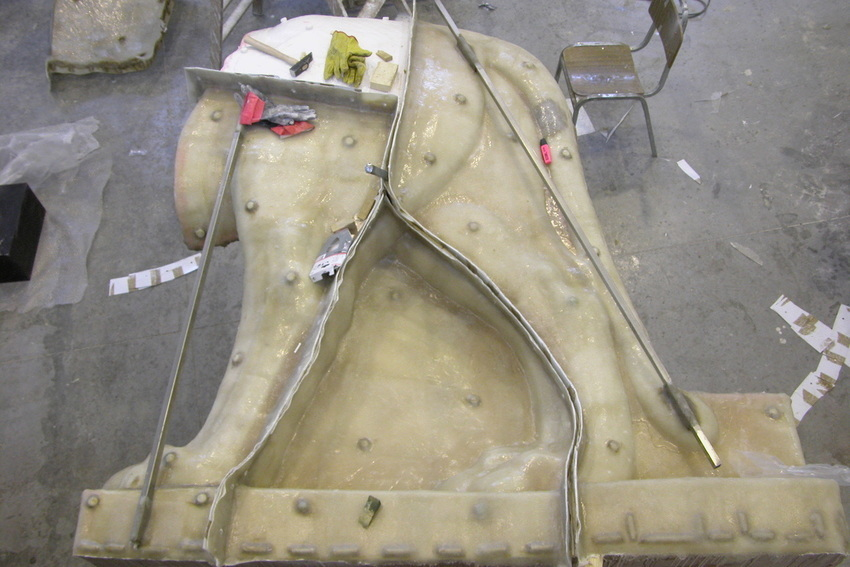
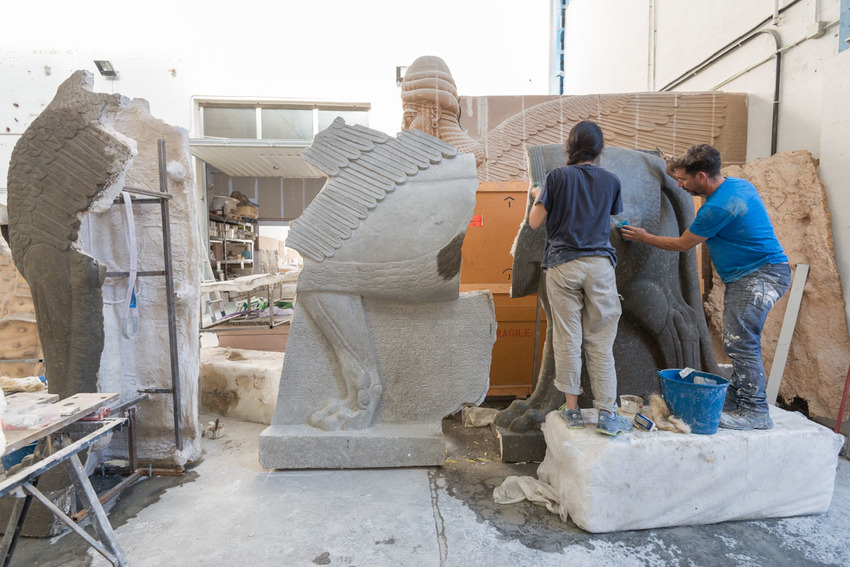
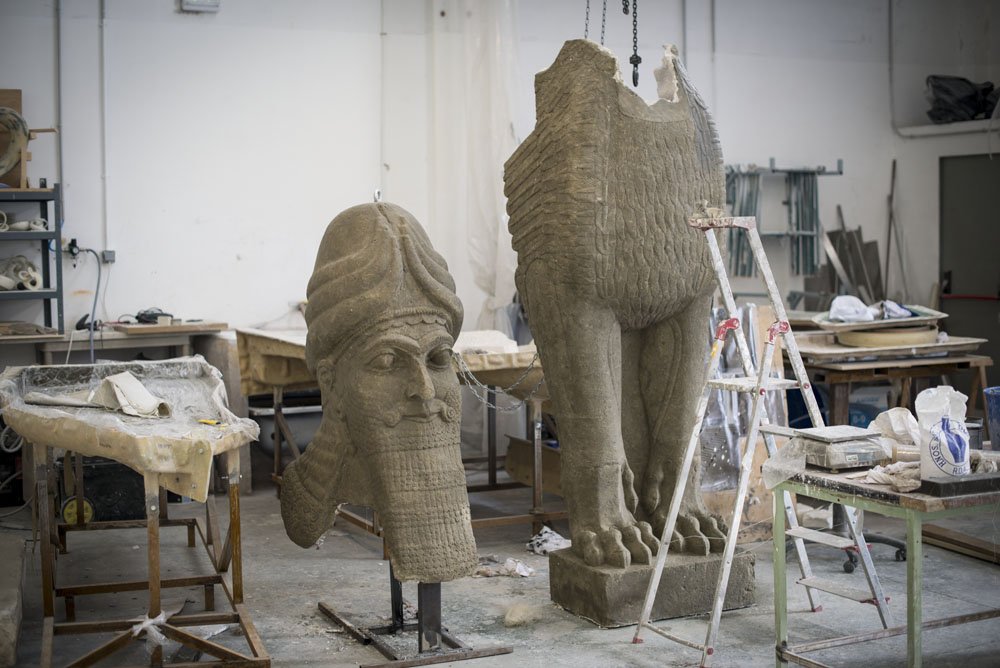
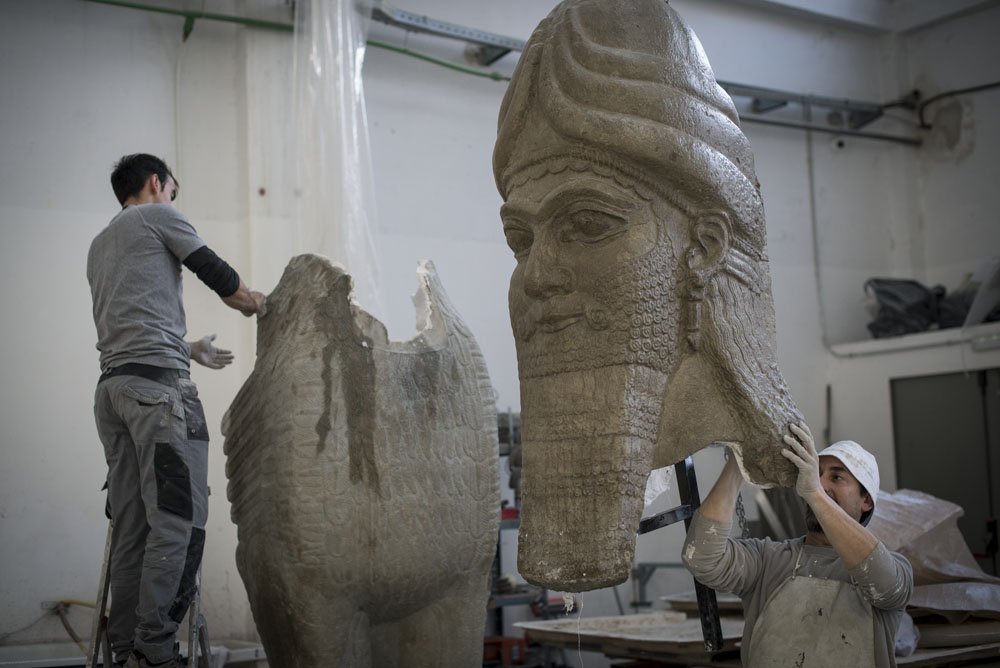
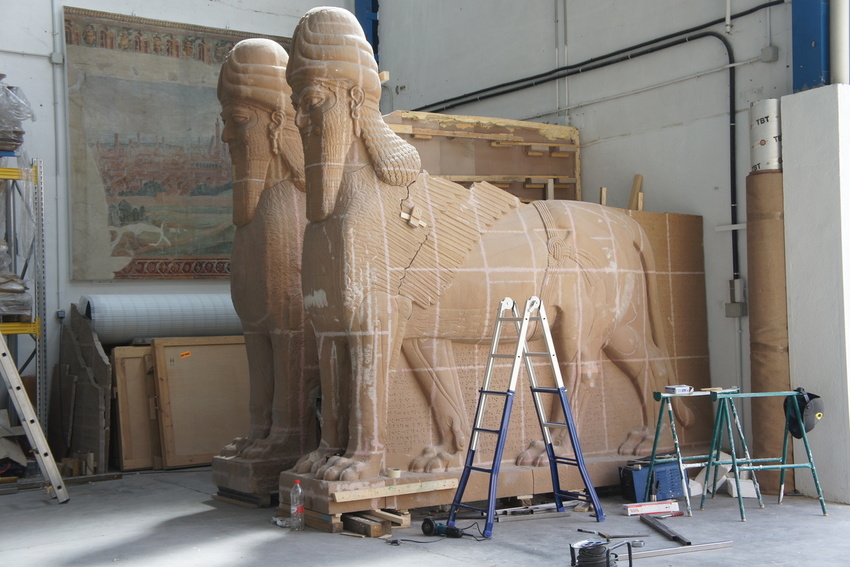
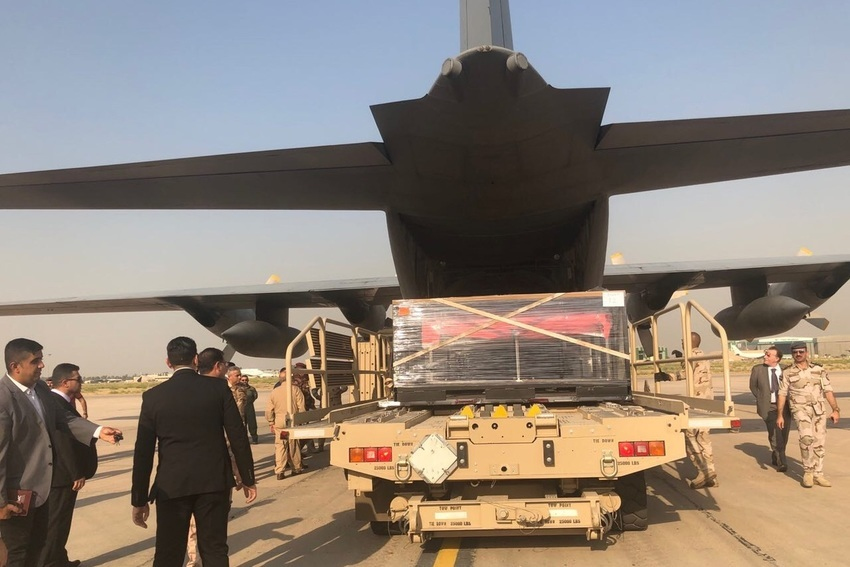
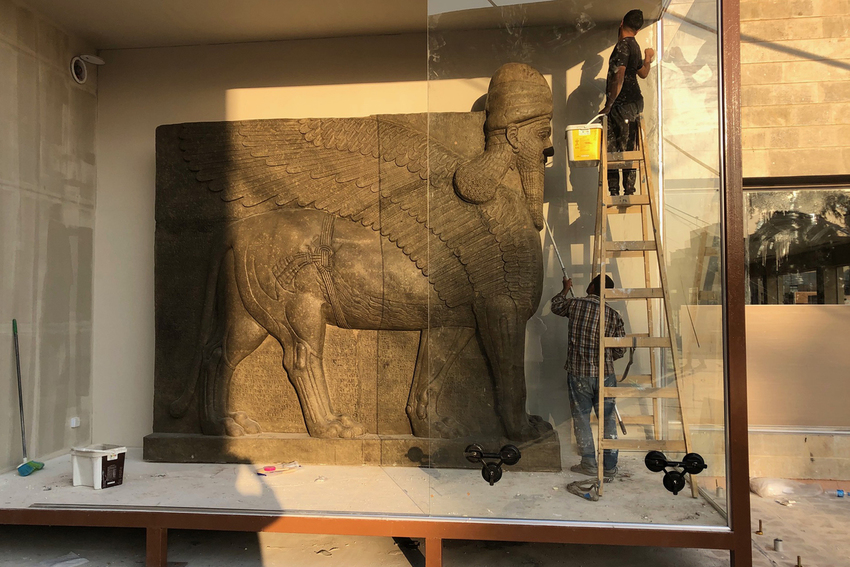
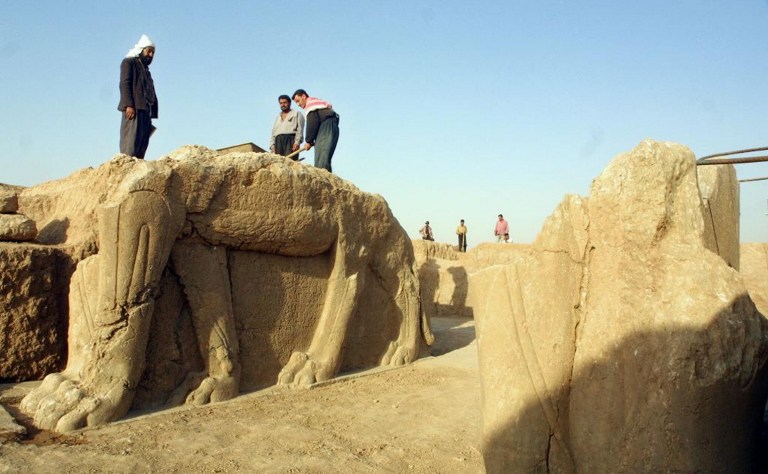
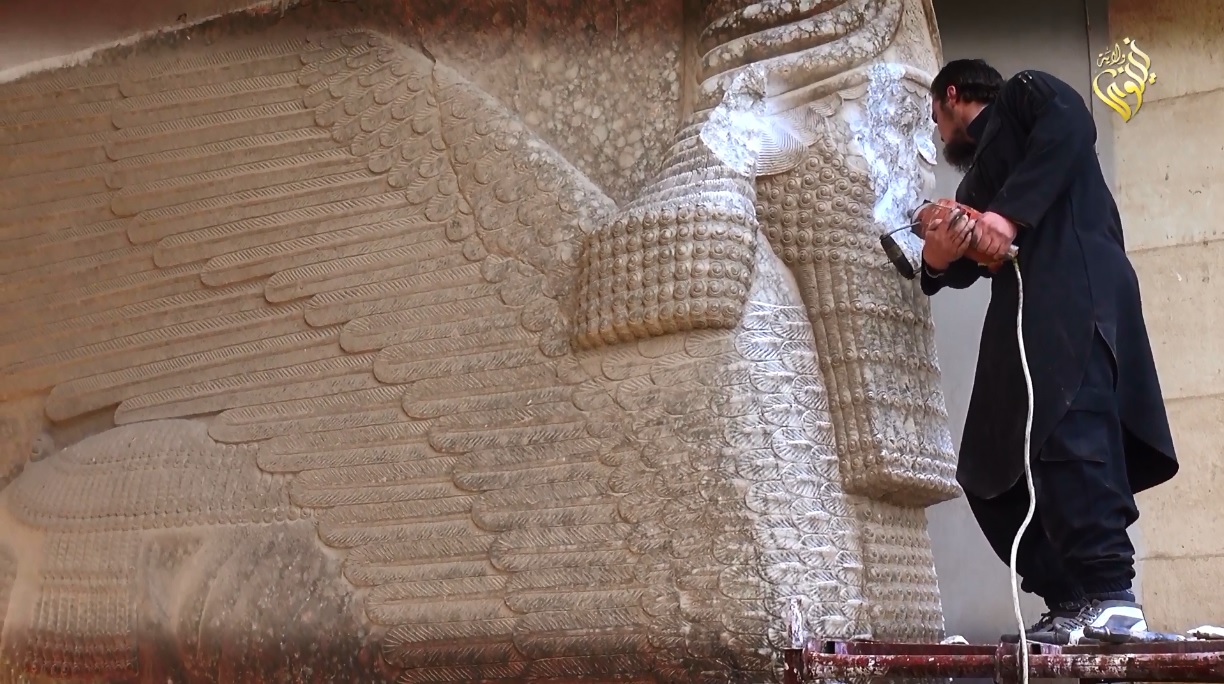
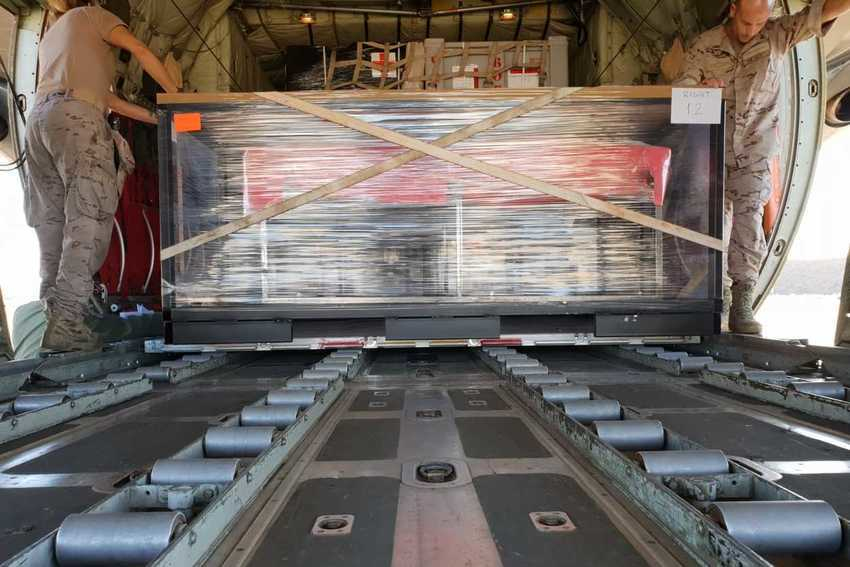
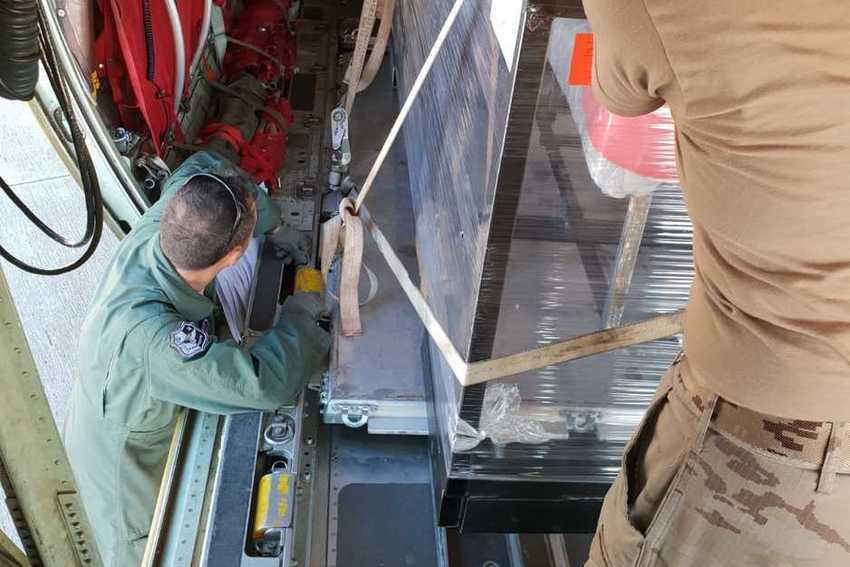

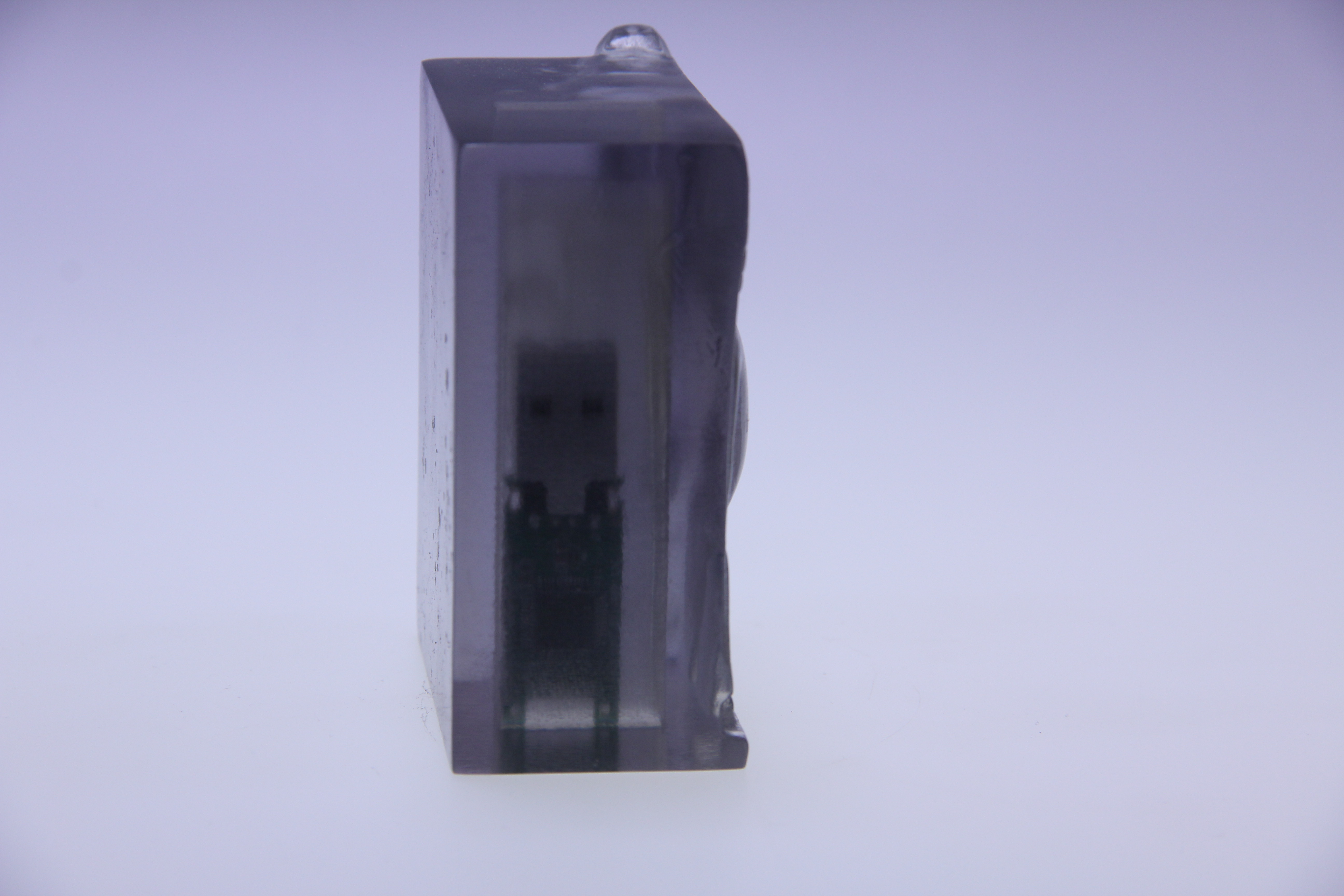
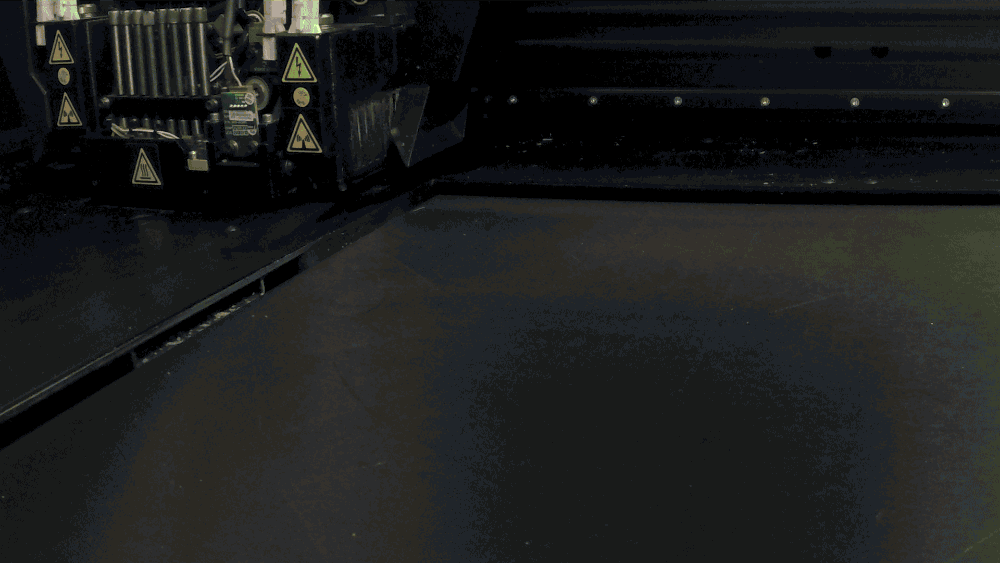






























The way design is produced, consumed, and preserved changed over the time. Already in the 1980s, the working desk mutated into something else. Cutting mats, sizers, glue, and pencil holders made space for screens, keyboards, and other grey pieces of equipment. The grey colour stayed as a constant; first in form of cardboard folders and boxes to store the produced work or tools slowly transforming in the famous shiny devices. In short time, new hardware and software solutions became available, making the creation of an almost perfect artwork possible in one click. With the arriving of the internet as a new mass medium, a platform for accumulation and sharing the digital revolution continued. Analog tools were exchanged for new gadgets, and the working environment and methods transformed. It is not only the surrounding that has changed, but also the speed of production and consumption. With the industrial age — which in the first place offered new forms of visual communication design and forms of production, the transition into a digital bubble has shaped the profession ever since. Not only the methods and styles have changed, so has the field in which one as a producer can orientate. There are new roles to take on in all kinds of spheres. Nowadays one is not only a specialist — but also reaches out into different possibilities of creating, medias, and professions. Remodelling themselves and the yet not-so-determined definition of a designer. The framework is changing with the continuing technological change, whether one finds themselves painting in virtual reality, sculpting in 3D software, or creating along with artificial intelligence. And as the methods changed so did the materiality of things, opening new possibilities and offering everlasting existence to some. Books and other print-based works are now floating in digital spaces; a drop shadow and the sound of a flipping page create a real-life experience. Just the haptic of the paper is missing in one’s hand. These books have been designed digital and sometimes they didn’t even find their way to the printer. Stuck in the everlasting digital environment. Posters are not only restricted to their 2D surface anymore, but can also exist as animated versions and be displayed in new ways. Might it be on digital billboards or the web; the appearance and materiality shifted. This change of where objects exist also plays a role in archiving and preserving. With the metamorphosis and constant adaptations to our surroundings, new fascinating solutions appeared and all kinds of challenges had to be overcome. With the possibilities of contactless 3D scanning new avenues of preservation and archiving of fragile goods have been changing the framework. The usual stillness of archives and preservation was interrupted with a loud bang and all kind of new forms became attractive.
This paper longs to break the pedantic and clear structure of archives and allows alternate narratives and structures. As a hypertext it blends text and visual essay and allows for different connections and imaginations. While reading one might get lost scrolling through these different strings of images and narratives. They can be read separately or along with each other and with each jump back to the outset one follows a new compound. By clicking and scrolling through the page one navigates back and forth, an ongoing process. This alternate movement was guiding me through different forms of archiving. I was jumping between the archive as a physical space and its digital adaption. With each layer, I got new perspectives to explore possible hardware and tools used for digitising. The complexity of digital archiving is evolving with the speed of our time. Thinking about reviving archives, I see archiving not only in its classic way. I look to investigate the different directions in which finding forms of archiving has adapted to the metamorphosed world. Seeing it from a different perspective opens new possibilities to link an archive to something in flux – one that is adapting to its surroundings and circumstances.
A Scene of Destruction
36° 21' 20.39" N; 43° 09' 6.00" E
We are in the open on a site situated on the East bank of the Tigris River. We are at the gate of Nineveh, an ancient city close to today’s Mosul in Iraq. Made from gypsum and alabaster, I became part of the palace with halls of cedar, cypress, juniper, boxwood, teak, terebinth, and tamarisk. I’m a beast of the mountains and the seas. A good genius showing in the form of a hybrid animal to be set up at the gates. The city was formed out of thick walls and high towers; an immense complex offering protection to its inhabitants. Over decades my purpose was to ward off potential evil. Smoke of explosion builds towers as high as the walls of this ancient city. Only piles of rubble are left of the ruins. They came to destruct what is evil to them. They came to destruct what they call idols worshiped in God’s place. Darkness surrounded me when the sledgehammers smashed my detailed refined structure, crumbling under the pressure of the cold steel. Drills deface and pulverise my existence.
The term archive is polysemic and solicits several answers. In general, archives are defined by their context but can range from physical buildings or locations, to a collection of documents. The definition can be more complex, referring more to the act of archiving itself – the working process of creating, structuring, and recording documents and records. All in all, concrete structures are bound to reality and physicality. The French philosopher Michel Foucault comments in his book Archaeology of Knowledge that archives have certain flexibility. In his words: “It emerges in fragments, regions, and levels.” It should be looked at as a whole, not in sections. The archive itself can’t be seen as something flat and one-dimensional. With each new entity, a new direction is formed. A new branch to climb on, to be followed until crossing to another. Constantly growing and dwindling, like a tree that renews itself every spring, an archive is flexible. The documents contained in it can travel through different storages, be re-contextualised, be outsourced, and destroyed in a later process to make space for something new. And just as the tree needs to adapt to its surroundings and might overcome obstacles, the archives are in flux too. In a constant adaption to the surrounding and current situation. They are not fixed or entirely stable, they wrap themselves around each new possible future presented to them. The latest future it is facing came with the emergence of new technologies. Accordingly, entering the data flow increases the possibilities of fragmenting documents and records.
A phone as my little palace. It is mostly only me looking at the things exhibited. Every day something new is shown, always presented in the same frame. On my expedition through the unknown, I collect and preserve. The collection of saved treasures is only presented to me, as it was in ancient times. It feels like jumping back in time and looking onto the packed walls of Ole Worm's cabinet of curiosities. All these creatures and objects from unknown places might have never seen someone else than the wrongful owner or the chosen selection. All the plundered treasures were not to be presented to the public. So that, they found their way into enclosed spaces only accessible to the chosen. Consequently, the selection of what is valuable is done only by a few people. Their perspective decides what is worthy of being hanged on the wall. The traditional way of depicting art in churches, palaces, and private collections shows the common concept of art, assuming that the art system creates order and hierarchy that give value to art. Today, visiting a museum feels like walking into a church or a palace. Instead of finding Jesus or a portrait of some monarch, one finds glowing screens. It is not only the pedantic and clear structure which transports one into ancient times, but morals and manners contribute to this environment as well.
The difference between the space outside of the museum, which can be considered real life, and the institution, creates an exclusion. The modern museum, a closed-up bight space, separates itself from the outside world. “In this sense, the modern museum is the successor of the church and the monastery.”
Our everyday life is framed by archiving, and everyone can be — or is unconsciously — an archivist. With the arrival of the internet as a new mass medium, a platform for accumulation and sharing, the digital revolution continued. With one click one finds themselves in today’s media landscape, surfing the internet and climbing up heaps of algorithmically determined streams. What is created, produced, and archived is now dependent on our society. The constant mode of archiving took over and we now document everything all the time, either consciously or unconsciously. Everything in a second and in one click. We all have an archive now, always able to add to it or access it. When we consider social media platforms and other digital platforms, the number of archival documents uploaded creates an enormous, flexible system. The act behind archiving is not only an individual method but also a collective project. The emergence of new technologies broke the stillness around the term archiving. The created lists and collections of personal valuable items are flashing over our screens, get sent to peers and shared on social media. We simultaneously get overwhelmed because the role of an archivist is missing. There is no one in charge of filtering the amount of information we have in front of us daily. Thus, I see the human as an important figure in the creation and in the act of archiving, creating new possible futures.
Sci-fi sounds and flickering lights flash from my screen. A tunnel of white gloomy light forms the way to another sphere and with the explosion of bright light, a new kind of universe appears. Interstella 5555: The 5tory of the 5ecret 5tar 5ystem is a musical film that shows the tracks of the French duo Daft Punk. The story is underlaid with their sounds, telling the story of a kidnapped alien band. An implanted mind controller tells the character to be "Harder, Better, Faster, Stronger”. This scenario could describe today's world, which is becoming faster and faster. With a loud bang the technological revolution brought an acceleration of change. The metamorphosis of humankind started to take on speed. We find ourselves in a high-speed train, full of screens with a yet uncertain destination. Enjoy the ride!
In a certain way, we are interwoven with technology. We now see the world through technological lenses. And wherever we go, we have a device with us to document and accumulate. Over time it became more and more clear that the interaction and care we have towards technology creates a relation. One wouldn’t speak of implantation, but technical devices stick to us. We cannot say that there is something neutral in front of us when we hold any technical device such as our smartphone. The inclusion of the word “smart” in its name implies that we have something with moral baggage facing us. It has changed our society and how we understand the world. One should not see technology as just a neutral tool but as a revelation, as a way and means of understanding.
Bringing this together with the definition of an archive, the meaning can transform into something more than only a collection. With the speed of our time, the archive becomes an ever-evolving platform, where new forms of documenting and cataloguing arise with new archival approaches. I like to see technology as an interruption of the time flow, where we can go back in time and into the future. The same way as an archive is bridging the historical and the utopian/dystopian. Thinking of the past as an accumulation of historical records. Preserved in its materials, which can be shared with others and communicated to future generations, we can study past scenes and movements. Telling us what futures we will live later on.
The museum and other art collections can be identified with an institution of memory. Cultural goods, including their background, materials and stories structure the memory and make the universe tangible and understandable. To protect objects and their enmeshed stories from disappearance, they find a place in the museum — but only the ones considered relevant. Since history never stands still, the museum is a place in flux, constantly losing and regaining form. These recollections fill museums and take us on a journey through the past, on which we can visualise and structure cultural signs. We can travel in all kinds of directions and follow unexpected combinations. Nevertheless, we can only go on a mental journey because museums come with rules one must obey: “do not touch the objects which are displayed, keep distance to them, do not disassemble them, do not examine them closely.” One is only allowed to look at the art, rather than interact with it. A museum is a place of contemplation.
And in paradox way, talking about the metaphorical sense of transmitting information and enlightening someone, the museum has always been a bright place itself. Since modernity, the so-called White Cube and its emptiness are considered the ideal space to exhibit art. Clear, bright rooms. Everything organised in pure clarity. This was not always the case, once there was a need for light and brightness to observe the dark, old, and mystic. Whereas the source of light was needed to bring the objects back to life, nowadays it is the darkness. New forms of art darkened the exhibition space. Mostly, there is no light source needed because the artworks themselves produce light. To see someone's video work (or any other digital artwork) the observer needs to sit in the dark, only grasping its poorly enlightened surroundings. They shine like glowing dream images in the museum's darkness.
Author Kenneth Goldsmith defines archiving as an act of folk art, such as quilting: “Like quilting, archiving employs the obsessive stitching together of many small found pieces into a larger vision, a personal attempt at ordering a chaotic world.” This perspective provides the fragmented image of the archive. Which from distance creates a bigger picture (or a quilt). I see the profession of a designer as a responsibility to organise the hump of trash that the chaotic world produces. One is stitching together what is accumulated out there and creating alternative syntax. I believe that the desire to organise and communicate is embedded in our society since long ago. Thinking of how much the act of collecting, creating, and archiving is interwoven in our daily life it can be assumed that everyone everywhere is an archivist. Further, Goldsmith adds that he spends “much more time acquiring, cataloging, and archiving [...] [his] artefacts these days than [...] [he does] engaging with them.” It is more about the act itself and the thought of keeping something valuable in a safe place. This changes how we perceive archives, possibly shifting it into a more open perspective. The preservation of a physical object will still be of importance, but the importance of its digital components will increase steadily. Archives have been considered mysterious and hidden over years, and it was difficult to access them. Now slowly some institutions are opening, and more and more forms arise, letting a broader audience access collections. This transparency brings access to things almost forgotten and delivers what was thought to be lost. These archives around endangered narrations around cultural and historical heritage evolve in digital spaces and carry their story out into today’s media landscape. Of course, one cannot fully rebuild what is lost but the built archive can function as a kind of time capsule for the future.
In the art world some museums still follow the classic sense of displaying, whereas others try to attract the visitor with anomalous structures or highlights. The age of experience contributed to the stimulation of adventurous and innovative approaches. Museums become a sort of attraction in themselves. Throughout time, not only artists and designers have been adapting to the new, but so have museums. They have been actively shaping knowledge during their long existence. Their task was to structure the knowledge and create a narrative through material things. With this it has been possible to know and understand the world. Within each space, the context of the objects has always been re-constructed. The arrangement and comparison of the preserved objects allowed to make the world intelligible. It enabled different possibilities of knowing according to the specific time and space. Today, Museums are organised according to the experience. The visitor wants to discover, interact, and get taken into the world of simulates. Small pieces are constructing new knowledge, carrying it out into the world. The constructions of objects are many, variable and fragile. Meanings are in flux; they can always be taken on and the construction of them can be re-modelled and put into a new context and with new functions. “As long as museums and galleries remain the repositories of artefacts and specimens, new relationships can always be built, new meanings can always be discovered, new interpretations with new relevances can be found, new codes and new rules can be written.”
Once formed and created out of Marble, the Roman-era sculpture of King Uthal - الملك اثلو, known King of Hatra - مل ك محج و ل اسلا م was standing in the Mosul Museum until its destruction. What was thought to be lost forever in the ruins of Mosul found a way back to life in a new form and materiality. In the work Material Speculation: ISIS (2015-16) the Iranian artist, writer, and activist Morehshin Allahyari built an archive of 12 destroyed artefacts. The act of archiving becomes a form of collecting, which comprises reaching out to different sources and backgrounds. Over months, she preserved the information behind the artefacts, which contained information “on the names, history and the background about each of the artefact as well as their destruction at Mosul Museum by ISIS in February 2015.” This shaping of knowledge is now in the hands of the artist, who is positioning herself stronger and with her own visual vocabulary. Flashy blue and white laser sparkles let the King arise out of the ruins. The materiality of the original statue is being re-contextualised. Layer by layer the 3D printer is re-modelling the statue out of plastic resin. His new materiality doesn’t bring back the real statue of King Uthal but it brings other benefits with it. In his body, he carries a memory card containing information on his name, history, and background. Further, the card delivers detailed images and video footage of the destruction and the .obj and .stl file of the statue. Allahyari made the 3D files and the records of her research available for download and created with it open-source access to the heritage which was previously deprived. Whoever has access to the world wide web and a 3D printer now has the chance to dive into the world of King Uthal, re-figure him and his story. And even if the 3D file of this statue is online and available to everyone who has access to the internet, the work of Allahyari didn't find a fixed place yet. For now, only the archive of the the statue King Uthal is floating in the digital landscape, until the artist finds the right platform and/or Museum for displaying Material Speculation: ISIS (2015-2016).
The journey of re-figuring King Uthal, that Allahyari takes us on, is one which ends by creating new environments and perspectives. This back and forth between physical and digital repeats in more of her works. Allahyari uses re-figuring as a form of activist practice. For her “Re-Figuring […] is about activation and preservation. It’s an act of going back and retrieving the past.” Like an inter-dimensional being, one travels through time, leaving one’s physical body and creating a new version of it. The act of re-figuration comprises a deep understanding of the figures in a non-linear direction, where it is about finding other interpretations in other cultures. With time meaning can change and be put into new context. They can be influenced by assertions from positions of power and fade into something else, although their interpretation once was different. To me, traveling back in time and connecting all different points and re-figuring a new environment has a magical element to it. One in which the primordial meaning is activated and preserved.
This form of archiving allows multiple directions, where the artefacts neither have a fixed position nor form. This flexibility allows a multitude of interpretations, usage, and forms. It is an ongoing process which forms a continuum. One which connects uninterrupted and sequential strings that shape knowledge for the next generation. This alternative, poetic and practical form of archiving is leading us to be able to see it in a different way, rethinking its purpose and form towards one which is less mysterious and inaccessible. Accordingly, as producers and users we must adapt to its new form.
We find ourselves in this new environment, which allows the re-creation of different narratives and transmitting different strings of information. Simultaneously, the progress in media design formed new visual trends and production methods. The once flat, two-dimensional canvas expanded into all three coordinates. It allows the designer to create over the boundaries of the edges of the screen and adapt to its surroundings and circumstances. Even if the dimension of the screen stays the same, the outcome is more tangible. As a user it can let us experience the work with more emotion due the fact of blending realities. In essence, the work has potential to grow and be re-figured into something which offers opportunities to study past scenes and movements more precisely. Within the 3D environment one is finding themselves with a broader viewport. The ability to zoom in, allows to use the work rather than only contemplate it. We can take the time to observe and interpret, and using the work allows for a creation of meaning.
Archived works or artefacts are often in places where no one has access. This exclusion can be overcome with the emergence of new platforms. The practice itself is not new, but the way the works are presented is. The interaction with the work allows us to spend more time with it, and we can do detailed research and deeply interact with the items. Now everyone carries the archive from various institutions in their pockets. In the form of our smartphones, we store and access all the information. There is a point where the storage is full, and the internet is maxed out. The world wide web can be an overwhelming space. There is too much of everything, too much we need to understand, and yet on the contrary there are still so many possibilities. The dialogue between physical and virtual realities has changed and got doubled with the recent pandemic. One found themselves going down wild internet paths; digging into someone’s Tumblr site and finding themselves on archives dedicated to the design of retail VHS packaging. In this environment it is suddenly not only perfectly simple to collect but also to create from wherever we want. One finds oneself on the couch sculpting with clay on a high-resolution screen. A pen helps to be as precise as possible and with a double click it swaps tools in a second. The gap between physical and digital slowly closes and forms a new reality. One which is mixed out of the real and the digital.Never has it been so easy to see such a diverse assortment of design works. Under these conditions, the purpose of the works to communicate publicly and educate is done with one click. As part of Morehshin Allahyari's work She Who Sees The Unknown, The Laughing Snake gets introduced in a viscous black mass, with shrilling weird tones. Her bulging tale twists around her body. And as it turns around itself, so do the stories around her.
„Her story is told at every
edge of the world
A jinn no one could elude
One time into the past
and one time into the future “
Whether it could be attributed to the alternate movement or the non-linear storyline, the work confronts the viewer and allows a multitude of meanings. Following the introduction of the 3D work, the user is involved actively in recreating the stories of the snake. One clicks through the story and goes back and forth and builds alternative syntaxes, calling into question “the catastrophes of colonialism, patriarchism and environmental degradation in relation to the Middle East.” By interacting with the work, the myth around the snake gets reactivated and allows for different interpretations.
At a time when all of us are in constant process and change, it is not only applicable to society or working methods but also to our perception. How we sense things is guided by the past and its influences. Political or environmental circumstances can bring a change in how we feel about artworks. Thus, an artwork can change its meaning throughout time and space. Especially, relocation takes away its authenticity. As Walter Benjamin argues in his essay The Work of Art in the Age of Reproduction, the reproduction of an object takes away the authenticity, because it is tied to its history through different ownerships or physical conditions. Already by giving an object its first form, an artist is applying character to it. All the small things just like materiality, size and its purpose add to the character. Each little crack makes the object more alive, makes it more fruitful and tangible.
The documentation of artworks has developed rapidly and with the given high-resolution 3D recordings of sites, monuments, or artefacts, one is able to consume its full materiality with all it cracks and scars. Whether virtual reality or 3D artworks, just by the shrinking distance to the object we can form a deep-evolving understanding of the material. And even if new technologies fulfil the desire to bring objects close to us, 3D preservation does not reproduce the authenticity of an object. Each artefact has its own aura which is bound to its origin. The environment, the light conditions and usage are letting the work blossoming. Consequently, the work does suffer from being relocated or reproduced. For instance, it matters at what height a painting is hanging, which side of the wall it is assigned to, or which artwork is hanging next to it. It is losing its aura and with it the magic and mystical glow. Walter Benjamin describes the aura of an art object with a natural phenomenon such as the sunset. A natural phenomenon that will be always in distance. Neither touchable nor reachable.
We found our way from visiting museums and archives to becoming ones ourselves, or rather carrying them with us. Wherever we are or want to be, we have our devices and their inscribed data with us. This omnipresence is described in Paul Valéry his essay The Conquest of Ubiquity:
“Works of art will acquire a kind of ubiquity. We shall only have to summon them and there they will be, either in their living actuality or restored from the past. They will not merely exist in themselves but will exist wherever someone with a certain apparatus happens to be. A work of art will cease to be anything more than a kind of source or point of origin whose benefit will be available and quite fully so, wherever we wish.”
He stated the future of art and technology pretty much how we live it nowadays. We are faced with screens everywhere.
Ding, Ding. New NFT drop 🙌🏼 Crispy work will arrive in approximately 10 minutes.
Buzz, Buzz. Drop goes live today at 11.30pm GMT.
Sizzle, Sizzle. Your artwork got sold as 1/1 NFT's exclusively.
We are constantly online, faced with an ocean of information. Not only to live a smart life but even to see art sometimes — paradoxically not in its physicality. Only existing in the form of small pixels forming the artwork. We scroll and click through digital exhibitions, someone’s NTF collection or archive libraries. We find art collections from the past and create ones for the future at the same time. All of them relying on electric power. Consequently, our screens would go dark and with the darkness, the artworks vanish away.
On our journey to find the right space for our cultural and historical heritage we find ourselves in a prehistoric setup. The transition from physical to digital is getting reversed and is moving back to its origin. Society is longing for nostalgia, especially with the ongoing pandemics, the climate catastrophe, and the feared launch of nuclear war. We are looking in the past to find something real, unchanging, and meaningful with which we can connect. Nostalgia-driven trends are everywhere and the one for archiving itself is representing a hunter-gatherer lifestyle. And while the world goes prehistoric, we should think about what can make our cultural and historical heritage go with time. Digital archiving does open new possibilities in terms of long-term preservation: a memory card is long-lasting and digital places give accessibility to abandoned spaces. On the other hand, the digital environment allowed for too much of the world to be available. On a daily basis, we filter, scan, and sort the masses of information and data, but we are stuck in an overloaded world where the future seems increasingly unappealing. Resulting, new networks are created, bypassing the existing power structures. Collectiveness and multidisciplinary are keywords we are challenged with. In the art world we see tendencies to break out of institutional structures and environments. Artists form supportive systems besides the money-making structures, giving a voice back to the ones who are creating cultural heritage. More and more we find interfaces for offsite exhibitions, far from the narrow rhythm of the art market. The artworks follow primordial themes and let the consumer escape into a world far from our reality. It makes sense to think in multiple directions and form these worlds, blending contemporary technology with past mythologies. Creating worlds far away from the overload of information in which artworks blend with their natural surroundings and are deeply interwoven with their environment.
Nomadic art-space such as Final Hot Desert play with accessibility and permanence. Contemporary cybernetic open-air installations merge with the natural environments of Utah’s Great Salt Lake. Elements associated with belonging to different realms form sculptures with spiky and slimy surfaces. Their multiple materials and given forms create space for our imagination. The appearance of the sculptures flow between different spheres of our present and could be a part our reality. The environment of Utah’s Great Salt Lake forms the perfect hybridity of prehistoric and futuristic. The journey took us from artworks sheltered in animalistic concrete structures, digital landscapes and now we turn towards a mesh of both.
A Scene of Reviving
36° 23' 0" N; 43° 8' 37" E
We are now in the open wild of the virtual, which is very real, nevertheless. Formed from a soft mass, I am brought back to life with smacking noises. The sleek surroundings don't have anything to do with the one I have known for so long. Cold steel around me, building a scaffold high as the towers of the complex I have known for so long. It is covering my sight and my purpose of warding off the evil dissolved into a grainy noise. Out of small points the data of my being got processed and prepared. Re-modelled, re-materialised to let me arise out of my pulverised existence. To preserve my cultural good, I got scanned with digital tools. They created facsimiles, exact copies of my body. Traveling over decades, I’ve been always put into new context and new surroundings. In a constant transformation. Assembly and disassembly of my fragmented existence. The transformation from a physical object, being put into a digital space, and finally expanding my dimension into a real environment again. With the relocation to my origin, I’m ending my journey.
We reached a point where the archiving of physical objects got superseded from its virtual component. Even though there are still many archivists following the classic way of preserving, publishing, and accessibility went online. The meshing of offline and online created a new form of mixed media. This hybridity brought a change in the preservation’s methods but also in our production methods. Once the framework of a designer was linear, whereas now it expands in all directions. In this hybrid world, myriad realities and virtualities are simultaneous and indistinguishably entangled and as a producer and users, we go with the continuing technological change.
The exciting journey we are on leads to an enmeshed production of post-internet hyper communication. New forms of media are mixed with old fashioned production methods and create worlds in which the focus lies on collaboration. Multi-disciplinary arts platforms emerge, in which artists composed of dissimilar directions try to negotiate novel critical strategies to deal with the hyper complexities of contemporary communications. The exhibition is not restricted to only one medium but does unfold in the full space. It is neither online nor offline; the creation of a flexible system merges these different realities. In it we find ourselves creating and preserving our cultural heritage. This is to say that is saved in one of the mixed realities. It is the spirit of continuity and collaboration which lets archiving adapt to the metamorphosed world.

Fig. 1. Assyrian Art. Kalakh (Nimrud). Winged Human-headed Lion. 9th century B.C. British Museum. Gypseous alabaster, height 11 1/2 feet. (British Museum).

Fig. 2. Assyrian Art. Dur Sharrukin (Khorsabad). Gate 'A' of the Citadel.8th century B.C. In situ. Gypseous alabaster, height 12 feet 10 inches. (After G. Loud, II, Pl. 2 ).
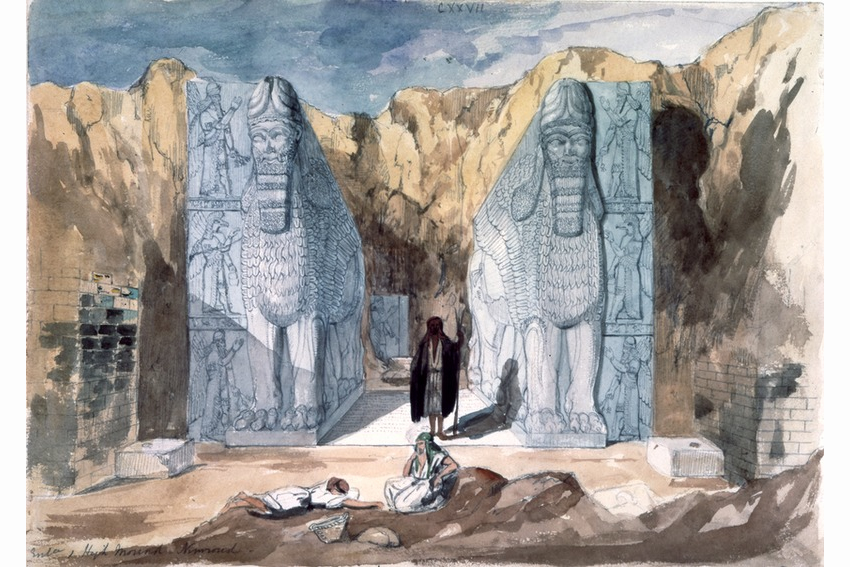
Fig. 3. Frederick Charles Cooper. Drawing showing the winged bulls found by Layard at Nimrud. Watercolour on paper, mid 19th century.

Fig. 4. Assyrian Art. Dur Sharrukin (Khorsabad). Winged Human-headed Bull, detail. 8th century B.C. Louvre. Gypseous alabaster, height 15 1/2 feet. (Tel-Vigneau).

Fig. 5a. Assyrian Art. Dur Sharrukin (Khorsabad). Winged Human-headed Bull. 8th century B.C. Aleppo Museum. Gypseous alabaster, height 13 feet 10 inches. (Tel-Vigneau).
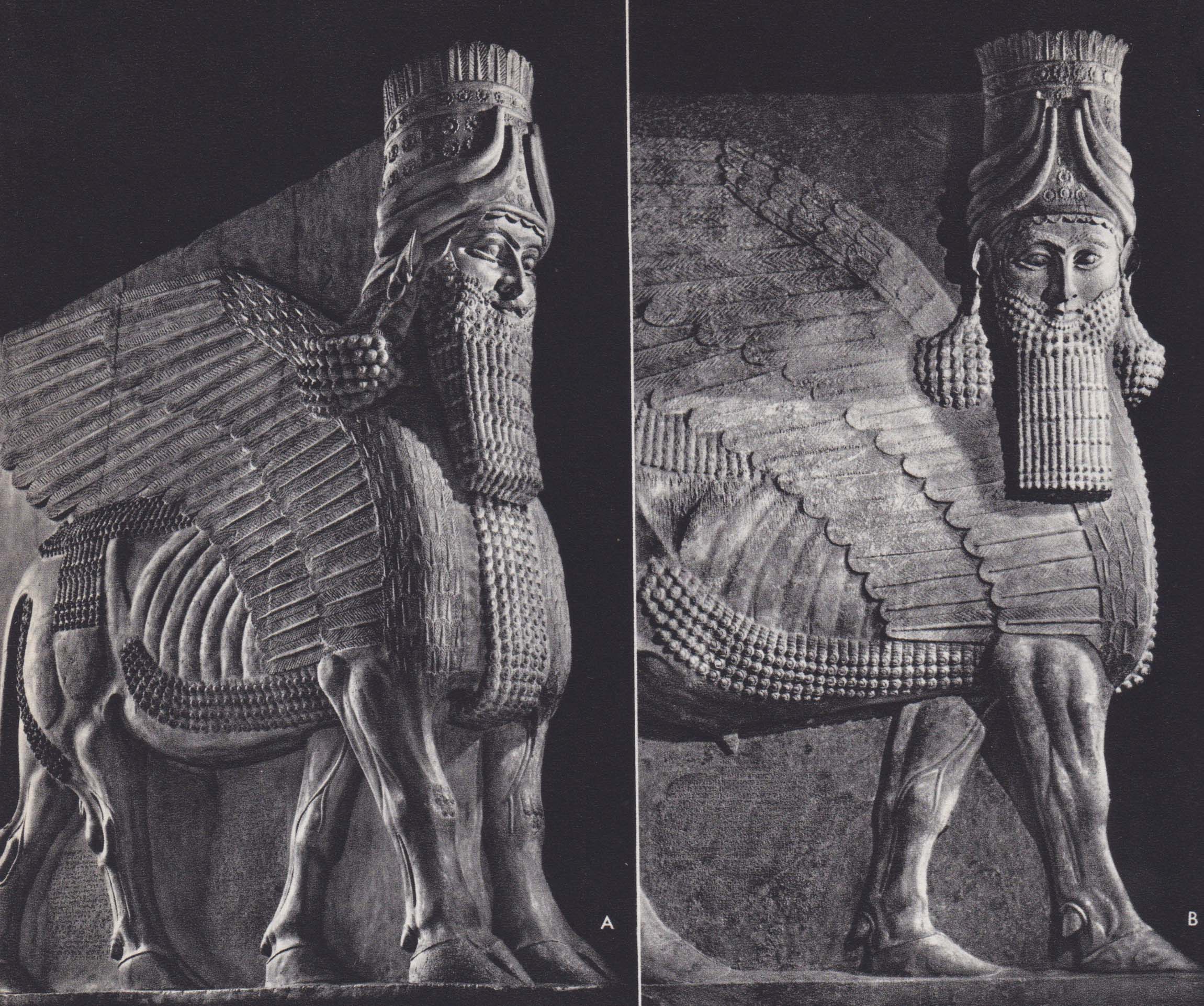
Fig. 5b. Assyrian Art. Dur Sharrukin (Khorsabad). Winged Human-headed Bull. 8th century B.C. Oriental Institute, Chicago. Gypseous alabaster, height 15 feet. (Oriental Institut).

Fig. 6. Possibly George Scharf (1820–1895), Layard and Rassam at work in Nimrud, c. 1850–60, hand-coloured lithograph on canvas.

Fig. 7. The arrival of the Assyrian sculptures at the British Museum, The Illustrated London News, 28 February 1852.

Fig. 8. Assyrian Art. Dur Sharrukin (Khorsabad). Winged Human-headed Bull. 8th century B.C. Gypseous alabaster, height 12 feet 10 inches. (Metropolitan Museum of Art).

Fig. 9. Factum Arte. Scanning the lamassu at the British Museum, 2019.

Fig. 10. Factum Arte. Head of winged lion routed on high density polyurethane & Coating the head with silicone, 2019.

Fig. 11. Factum Arte. Various layers of silicone were applied, 2019.

Fig. 12. Factum Arte. The head was covered with stucco & The fiberglass jacket ensures the stability of the mould, 2019.

Fig. 13. Factum Arte. Silicone mould of the Lamassu head & The silicone mould, 2019.

Fig. 14. Factum Arte. Applying a second layer of silicone, 2019.

Fig. 15. Factum Arte. Applying a second layer of silicone, 2019.

Fig. 16. Factum Arte. Silicone with a fiberglass jacket, 2019.

Fig. 17. Factum Arte. An interior metal structure supports each section, 2019.

Fig. 18. Factum Arte. The separate pieces are ready to be assembled, 2019.

Fig. 19. Factum Arte. The separate pieces are getting assembled, 2019.

Fig. 20. Factum Arte. Prototype of the winged lions, 2019.

Fig. 21. Factum Arte. The Lockheed C-130 Hercules used by the Spanish Air Force to fly the lamassu to Iraq, 2019.

Fig. 22. Factum Arte. The Lockheed C-130 Hercules used by the Spanish Air Force to fly the lamassu to Iraq, 2019.

Fig. 23. Factum Arte. The pieces arriving in Baghdad, 2019.
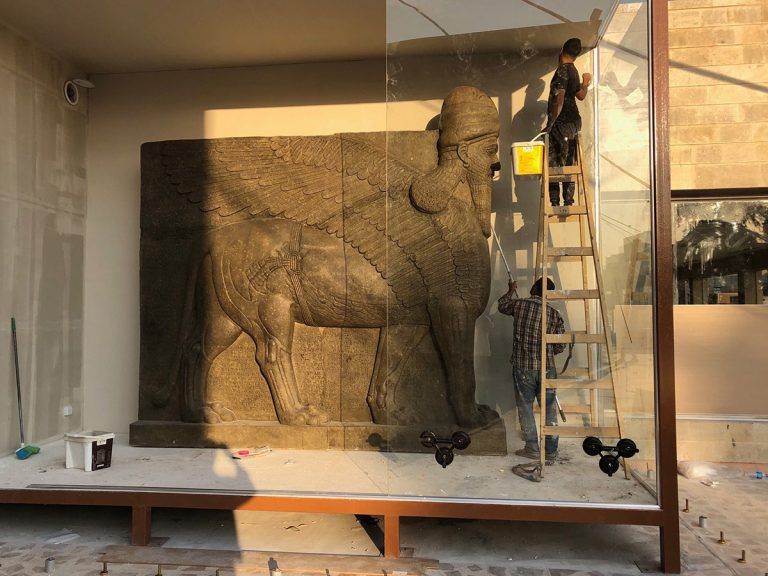
Fig. 24. Factum Arte. One of the two facsimiles before the unveiling at the University of Mosul, 2019.

Fig. 25. Morehshin Allahyari, Material Speculation: ISIS (2015-2016). Video still of the destruction of the Lamassu by ISIS, 2015.

Fig. 26. Morehshin Allahyari, Material Speculation: ISIS (2015-2016). Video still of the destruction of the Lamassu by ISIS, 2015.

Fig. 27. Morehshin Allahyari, Material Speculation: ISIS (2015-2016). Lamassu 3D printing, 2015.
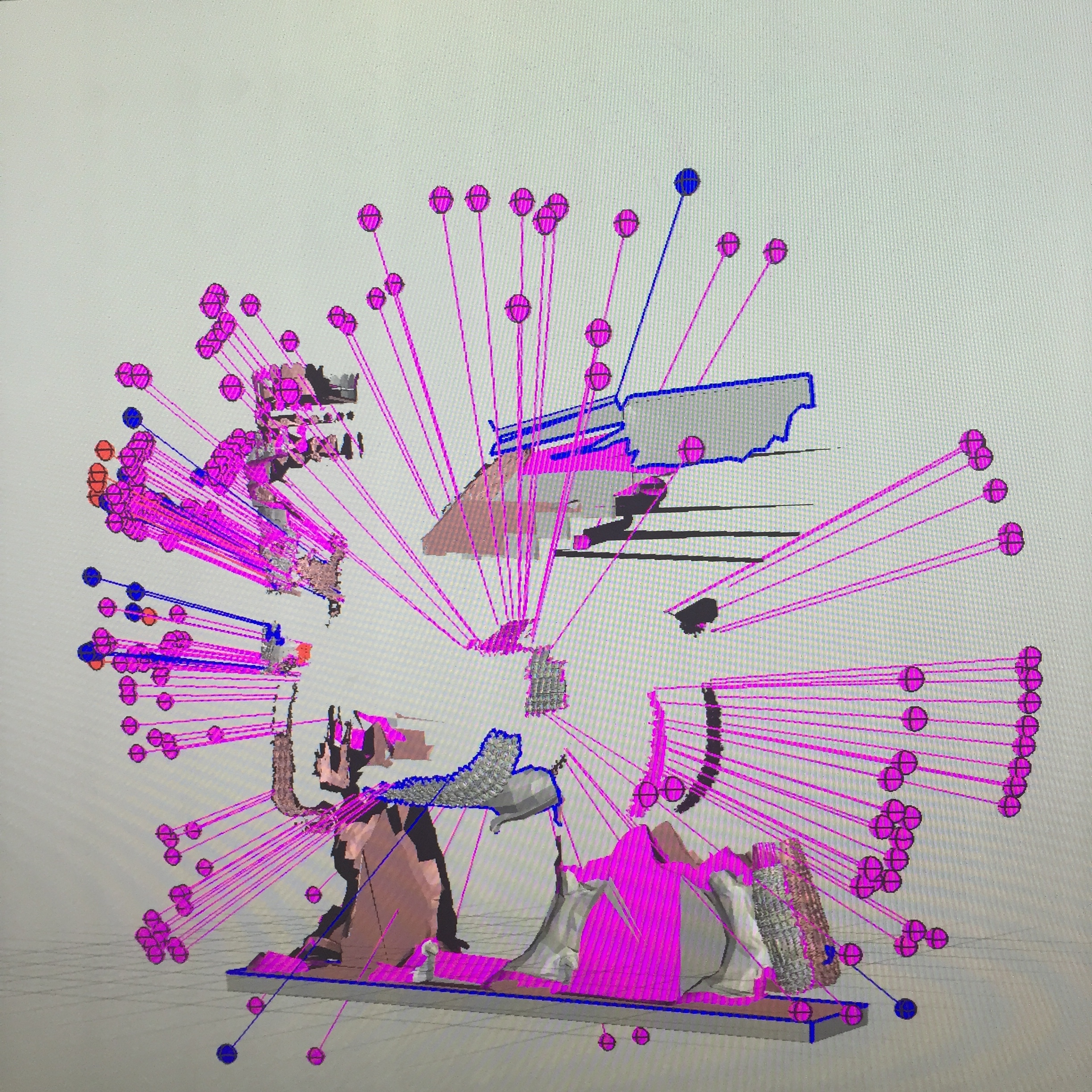
Fig. 28. Morehshin Allahyari, Material Speculation: ISIS (2015-2016). Lamasu software error destruction, 2015

Fig. 29. Morehshin Allahyari, Material Speculation: ISIS (2015-2016). Lamassu 3D print, 2016.